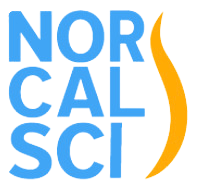BREAKING NEWS: Large-scale Nerve Transfer surgery trials launch in U.S., targeting C4-C8 Complete SCIs with no arm/hand function
An ambitious clinical trial has been launched at seven U.S. and Canadian university hospitals to enroll 70 persons with C4-C8 complete spinal cord injuries, who have experienced no arm or hand function, as part of a Nerve Transfer study for those who are 3 months to 36 months post injury. Individuals must exhibit ASIA A-B function and will receive the surgery in one arm only. The FDA-approved trials represent the largest-ever held in North America and are free to those enrolled.
In nerve transfer surgery, the surgeon takes a nerve from above the level of injury that is not crucial to an area’s function, or that is redundant to another nerve, and attaches it to a significant nerve below the level of injury. That nerve will grow into the other nerve and basically take over its function, allowing patients to recover or at least improve some of the function that they’ve lost. Nerve transfer allows for the reactivation of the muscles that are actually meant to perform those lost functions and can take at least a year to show benefits because the nerves need time to join together and the muscles have to be retrained with therapy.
While these trials seek to measure the efficacy of nerve transfer surgery in the treatment of patients with complete SCI with no hand function, they also aim to optimize the efficiency of nerve transfer surgery by evaluating patient outcomes in relation to patient selection and quality of life and functional independence.
The trials are currently recruiting at universities at Stanford, Missouri, Pennsylvania, Texas and Alberta. Utah and Michigan are part of the study but not recruiting as of this time. Participants must be between the ages of 18-65. Rehabilitation and hand therapy are critical components of motor re-education following nerve transfers. All patients will begin rehabilitation and hand therapy beginning two weeks after surgery and will undergo one hour of hand therapy and occupational therapy for motor re-education once to twice a week for 48 months following surgery.
To learn more about these trials and where to sign up, click HERE.

